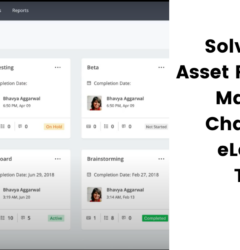6 Tips To Establish A Project Management Process in Learning Development
30 Jul

Table of Contents
ToggleIntroduction to Project Management Processes in Learning Development
Learning teams and agencies strive to create learning content as fast as possible. However, they’re usually unable to meet their goals due to undefined project management in learning development. According to recent project management statistics on Monday, 35% of surveyed project managers were somewhat or very satisfied with the systems in place. Additionally, only 61% of project managers use a defined project management methodology and process to oversee projects.
Teams are under constant pressure to create learner effectiveness while keeping in mind the organization’s overall business goals. The key to creating a balance between both and managing expectations is to resolve issues quickly and assign issues properly.
Learning development can tend to be chaotic if proper processes are not followed. More so, an unplanned learning delivery can lead to missing deadlines and ineffective content. Therefore, effective collaboration among the stakeholders is needed to set the team up for success.
It’s worth noting that a lack of process, proper task assignments, accountability, and prioritization can make learning delivery a challenging task. For learning teams, a consistent process and setting common goals and expectations is a must for a collaborative process to create an effective eLearning project management process.
Calculate Your eLearning Content Development Cost
Ever wondered how much money and time you spend developing your learning content?
Download the Calculator6 Tips for Establishing a Streamlined Process in Learning Development
Assigning roles and priorities help create a repeatable process in e-learning. Here are a few tips to establish an effective process for learning delivery.
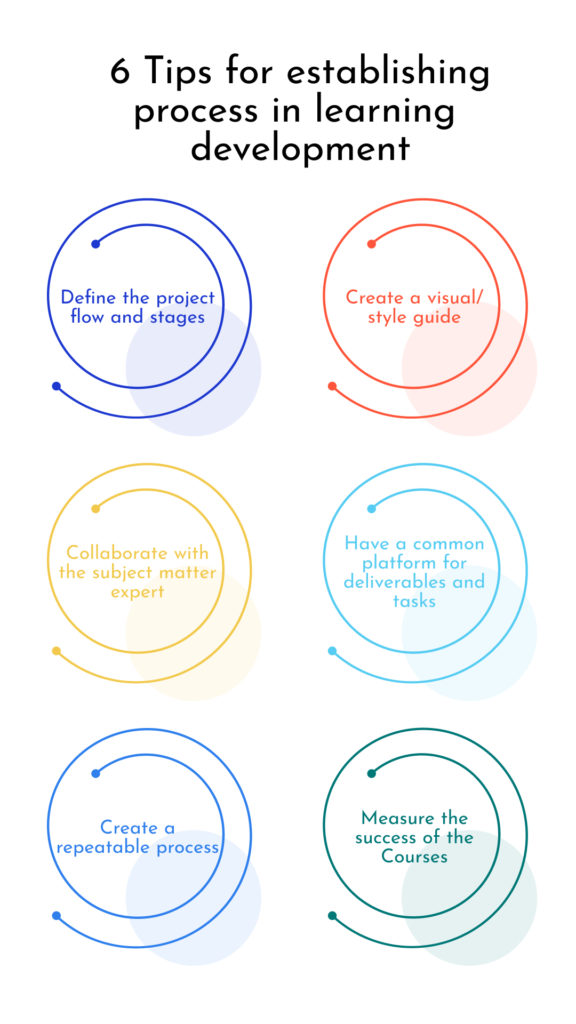
1. Define the project flow and stages
Spend time setting a clear project structure, as well as clearly defining the roles and responsibilities. Ask questions like: What are the essential project stages? Who approves at every project stage? What are the timelines for each stage?
Signing off courses requires reviews from several stakeholders. Therefore, it is important to set the right expectations from the review cycles. Not having clearly demarcated responsibilities for approvals can lead to confusion among stakeholders. It can also delay the decision-making process. If you don’t set clear goals and expectations, you’re likely to hear things like:
“ This needs to go through an approval process from XYZ, did you talk to them?”
“ We already implemented this change, is it not showing up in the latest version”
“ Oh, I thought the script will be written before finalizing the final spec”
To keep the process clear for each stakeholder, devise a higher-level project plan. Additionally, have a solid project strategy at the beginning to help teams become more powerful and help stakeholders play on each other’s strengths. Every team can have multiple stakeholders, from copywriters to instructional designers, subject matter experts, and project owners.
Furthermore, clearly define the deliverables and expectations from each stakeholder at every phase of the project. Every stakeholder needs to have a clear idea as to what their involvement is at each phase. Not just that, they should also have a clear idea of the level of review or detail required for each phase. For example, the first phase might just be to define the look and feel and the basic structure, while the last phase will be all about details like spelling, grammar, flow, etc.
2. Create a visual/ style guide
Course creators need to evaluate learning goals, keep learners in mind, and how effective they are in delivering the learning content.
Effective e-learning requires a lot of planning and effort, and creating a course template can help simplify the process. A template is like a high-level guide to defining the colors, characters, tone, and language of the course. Having a clearly defined tone, structure, etc helps the entire team be on the same page and also keeps the course consistent across multiple modules.
Note, the template does not have to be a detailed charter for everything involved. It’s more like a philosophy of language that can be followed across modules.
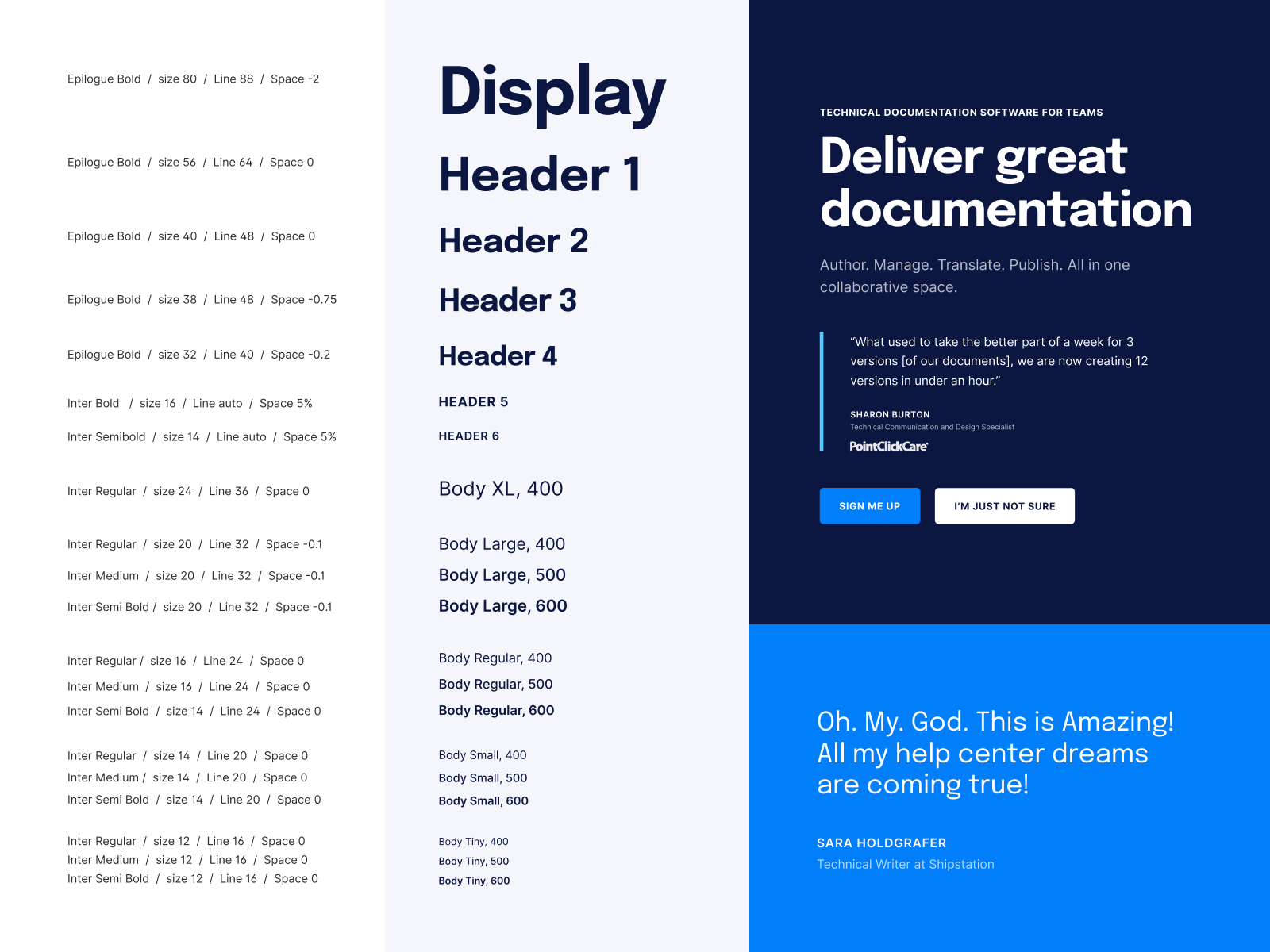
3. Collaborate with the subject matter expert
SMEs are very important in creating accurate and effective courses. Setting the right expectations for collaboration with the SME helps set the stage early on. It is important to explain to them earlier when their feedback will be crucial and how you plan on gathering feedback easily.
Slack surveyed 7000 company workers to find that “unclear communication” is the top collaboration challenge for all teams.
While Subject Matter Experts bring in their knowledge, the team must also blend it with the instructional design knowledge they have. The SME shares ‘the what’ and the design team brings in ‘the how to say what to say’ in the equation. All that requires a collaborative, concerted effort. The primary aim is to reduce the barrier of language as much as possible and try to match the frequencies of SMEs and instructional design experts.
Click to watch video👆
4. Have a common platform for deliverables and tasks
eLearning courses entail several deliverables, thus the importance odf having one common platform to be able to access multiple versions of each deliverable. Also, having a common place to view all tasks related to each deliverable creates transparency among several stakeholders involved in the production process.
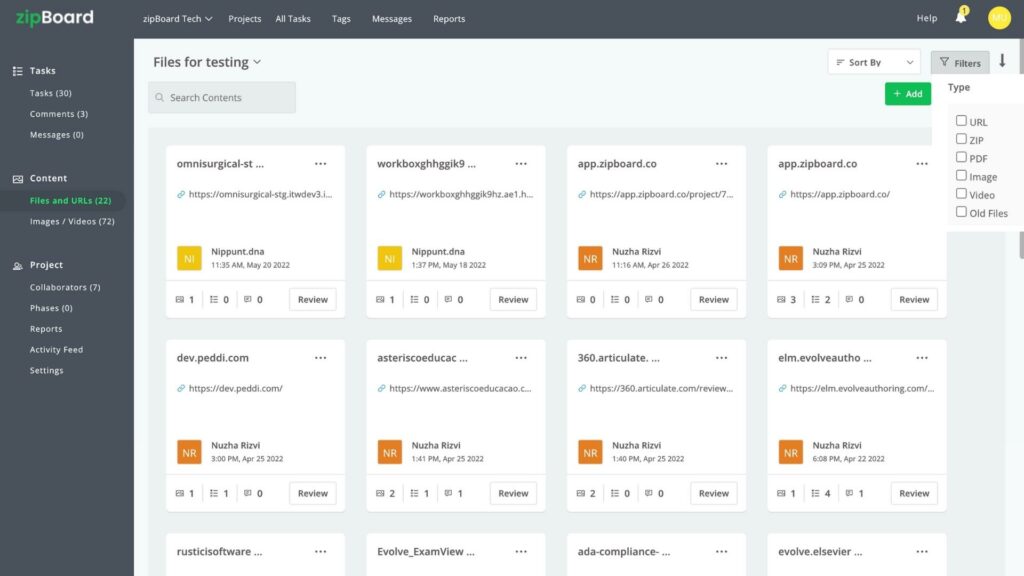
Partial communication over email, spreadsheets, and conference calls can bring in a lot of confusion among stakeholders. Team members can feel lost in the project delivery process and searching for past references becomes nearly impossible.
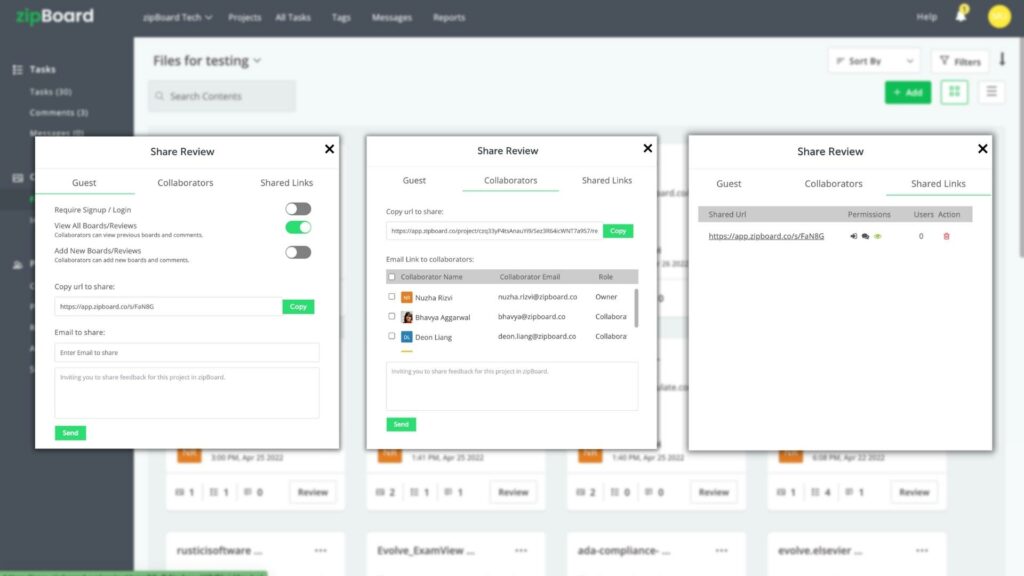
Due to this, a common platform with deliverables, tasks, and deadlines helps keep the entire team on the same page. It is imperative to keep teams aligned to stay productive and stick to deadlines and also make estimates for future projects.
zipBoard is a platform that helps keep all courses, images, videos, or any other media produced in one place. It also helps manage reviews and feedback and integrate them into project tasks and effectively keep the teams on track. It also helps you to avoid unnecessary meetings to share screens but rather lets the stakeholders create videos and screenshots to explain issues.
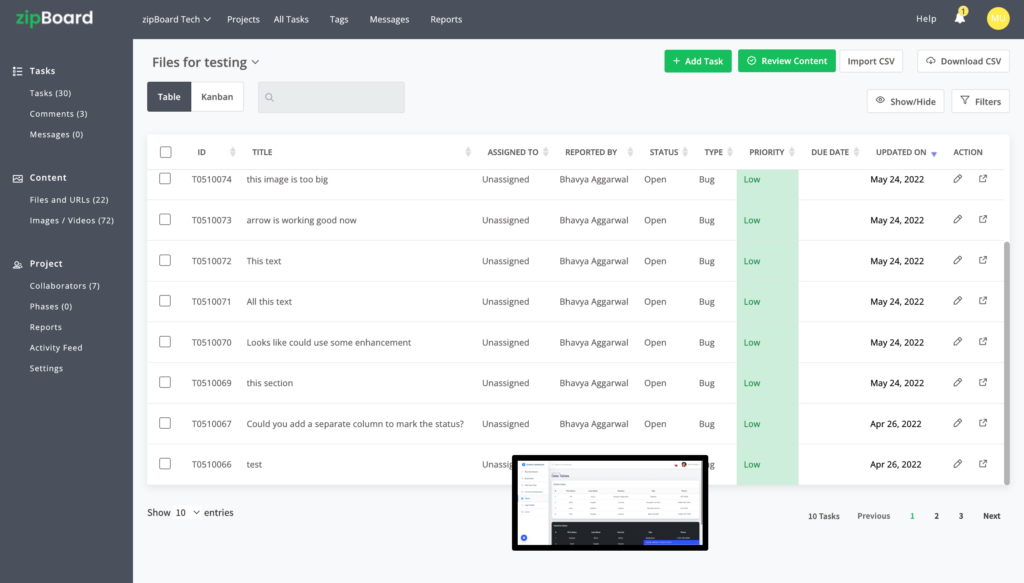
5. Create a repeatable process
Every project can have its own set of complications and requirements. Even though it is impossible to create accurate predictions for the time and effort required to produce a certain course, it definitely helps to have a repeatable process to create more informed estimates. Additionally, it helps the team set the right expectations at the beginning of a project and timelines. Moreover, keeping buffers for reviews and errors can help make better project plans, and ensure that quality is maintained while adhering to deadlines.
To create a repeatable process, measure the effort of past projects to be able to predict future ones. Take into account the time for writing copy to create slides, making edits, and then writing custom scripts, everything can be measured according to the course type and length.
Furthermore, it is quite helpful to have a few playbooks or incorporate SOP software that carefully describes the broader steps for any task. For example, if an eLearning course is in the research phase, the playbook will contain the steps on how to research a particular topic. It doesn’t have to be really comprehensive but as long as it provides a solid outline, it will make the process easier and save time.
6. Measure the success of the Courses
It is one thing to create courses that may look like a great success, but true success is measured by the learners’ effectiveness. That is why you need to define the measurable parameters that signal the efficiency of the deployed eLearning course in the beginning. It is important for an instructional design team to measure the success of the course to be able to improve at every stage of the project and for subsequent courses.
To do this, set goals at the beginning of the project to be able to measure the effectiveness of those at the end of course delivery. Setting the right metrics to measure success, starting from course completeness to engagement, or any other parameters that you define at the start of the project helps create courses that align with the business needs.
A process-driven approach to the delivery of an eLearning project ensures:
1. Better task management and quicker decision making
2. Better quality content.
3. Cohesion among the team members
4. Alignment with the business needs and goals
5. Better control over development life-cycle
It is imperative to spend time setting a clear workflow to set yourself up for success.
Wrapping up
Suffice it to say that you now have a predefined set of steps that your eLearning development team can follow to guarantee success. The goal is to create a dynamic strategy you can modify as deemed necessary by your L&D team. In the age of information, agile in eLearning development has become the norm because of that exact reason. The six tips which are suggested above focus on collaboratively defining your own process in the path of eLearning development.
Do you have any more tips? Let us know in the comments.
Streamline your Project Management Process in Learning Development with zipBoard
Start your free trial or book a demo today to learn more about how zipBoard can help you improve your learning development process.
Book DemoStart Free TrialRecent Posts
- Why Your Team Needs a Content Feedback System (Not Just Comments in Docs) May 28, 2025
- Content Approvals Are Slowing You Down — Here’s the Fix May 26, 2025
- How to Streamline Content Review and Approval — Best Practices, Tools & Automation May 12, 2025
- What Is Content Operations? And Why It Breaks Without a Feedback & Approval System May 3, 2025
- Why Designers Need a Website Visual Feedback Tool: Improve Design Reviews & Client Collaboration April 25, 2025
©️ Copyright 2023 zipBoard Tech. All rights reserved.
